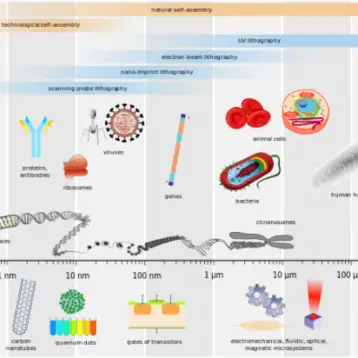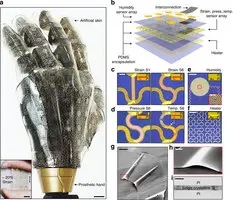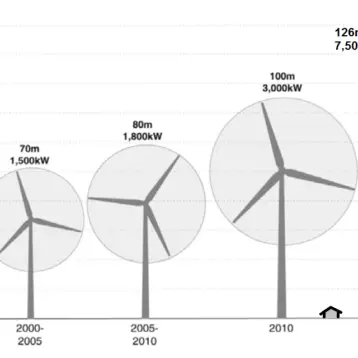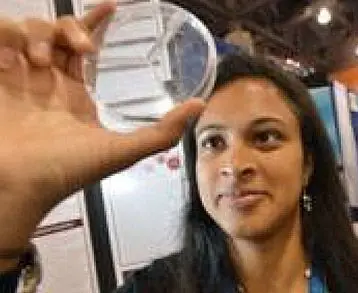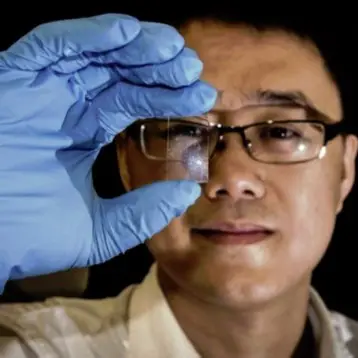Electronic devices operate well only when all transistors and switches within them allow electrical current to flow easily. Up until now, the efforts to make organic electronic faced multiple failures due to the materials’ inability to transfer electricity. In this recent study, a team of scientists from Stanford University determined why some transistors made of organic crystals don’t perform well. Moreover, several ideas were offered about how to make them work better.
The insight provided regards organic electronics’ inconsistency. The team discovered that the way boundaries between individual crystals in a film are aligned can make a 70-fold difference in how easily current, or electrical charges, can move through transistors. A better alignment might help improve transistors’ performance greatly, creating stability that is essential when creating devices for consumers’ use.
The field of organic semiconductors is mostly unexplored – although it has a high potential of becoming common in the near future. The reason is the cheap materials used, their flexibility, and the relatively simpler process of production (in comparison to traditional silicon chips). Applications such as computer display screens, digital signs or magazines made of “electronic paper” have been possibilities for more than a decade, but due to the aforementioned technological difficulties they were never realized.
While single organic transistors exist, no one has ever compiled a large amount into a fully operational electronic device. “You can make a single device that has high ‘charge mobility,’ but you really need to make thousands of them,” said Alberto Salleo, an assistant professor of materials science and engineering at Stanford and a senior co-author of the paper. “Most research groups report a high variation in that mobility. What we did here is try to understand what causes the variation.”
Salleo belongs to a multidisciplinary team of researchers that systematically studied the subject of inconsistent transistor performance. Specifically, they focused on polycrystalline devices, which are the “grain” boundaries between crystals. According to the study, this ‘in-between’ area creates a possible path for electric charges, thus enabling them to follow through a transistor more easily.
The paper’s lead author, graduate student Jonathan Rivnay, has chosen to grow crystals of an organic semiconductor called PDI8-CN2. It was synthesized at Northwestern University and Polyera Corp., using a unique process to ensure consistent alignment from crystal to crystal. Afterwards, multiple transistors were made, and in all of them the alignment process ‘calibrated’ the crystals towards the same direction. As a result, charges could flow through molecules, while the misaligned crystals created the boundaries of the channel.
The next stage was to link the boundaries’ properties to the molecular packing in the crystals, thus inducing the required molecular arrangement to create organic electronics. X-ray analysis, along information retrieved from extensive theoretical calculations, provided a clearer picture of the imperfections interfering with the creation of organic transistors.
“The problem of understanding defects in organic electronic materials including grain boundaries is very important for any device application,” Rivnay said. “By better understanding what goes on at these boundaries, and how detrimental they are, improvements can be made at the chemistry end as well as at the design and fabrication end of the process. This way devices can be more reproducible and better performing.”
The research was collaboration between several institutions and its funding came from multiple U.S. federal institutions, as well as the King Abdullah University of Science and Technology in Saudi Arabia. It was published online on November 8 in the journal Nature Materials.
TFOT has also covered Stanford’s discovery of New Type of Material, which could increase the speed, performance and efficiency of future computer chips, and the development of Non-metallic, Conducting Materials, made at Delft University of Technology. Other related TFOT stories include the Self Repairing Polymers, developed at the University of Southern Mississippi, and the Molecular Gear at the Nanoscale Level, created in Singapore by A*STAR.
For more information about the research for organic materials, see Stanford University’s website.



